Canada’s frigid North is home to some amazing animals, but unfortunately it’s an ecosystem under threat. Climate change is causing the Arctic zone to warm two to three times faster than the global average, which is having serious impacts on the species that call it home. That’s why it’s essential that we work to better understand what the potential effects of climate change on wildlife will be, and develop conservation strategies that will mitigate their impact.
How we're helping
Polar Bear
Polar bears are the largest land carnivores in the world. In the Davis Strait, high in the Arctic between Canada and Greenland, polar bears feed primarily on harp seals, using sea ice as a platform for their hunt. Sadly climate change is causing significant decreases in the amount of sea ice available in the Davis Strait, which is making it harder and harder for polar bears to find food. Photo credit: Andrew Derocher
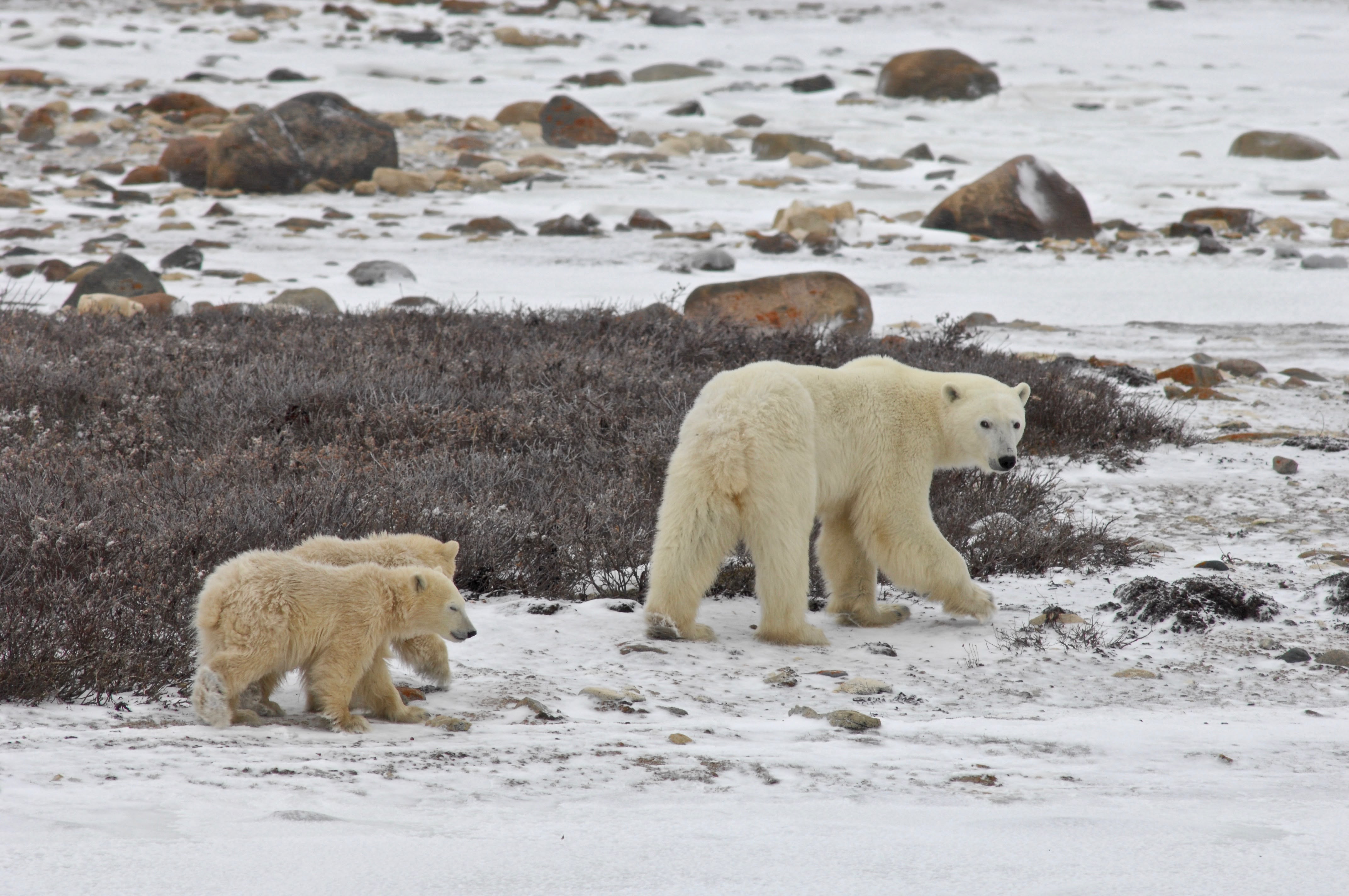
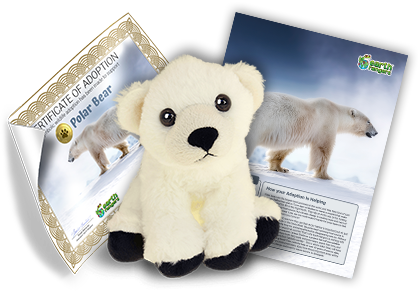
Your adoption will help Earth Rangers support University of Alberta researcher Larissa Thelin as she works on a project using satellite radio tracking to track the movement of both polar bears and their harp seal prey across the Arctic landscape. Determining where these populations overlap will identify critical polar bear feeding areas in the Davis Strait, and comparing this to over 40 years of sea ice data will allow Larissa to predict how climate change will affect this landscape – and the polar bear’s ability to find food – in the years to come.
Arctic Fox
The Arctic fox is a small fox native to the Arctic tundra biome. It is best known for its thick, warm fur that is also used as camouflage, changing with the seasons, and its incredible ability to pounce headfirst to catch small prey moving under several feet of snow with pinpoint accuracy. The Arctic fox is a skilled hunter whose movements are largely dependent on where it’s able to find food, but climate change is affecting the northern landscape for both predator and prey. Understanding more about the relationship between prey abundance and predator distribution is critical as we try to protect this important animal in the face of the widescale habitat changes to come. Photo credit: Berteaux Lab
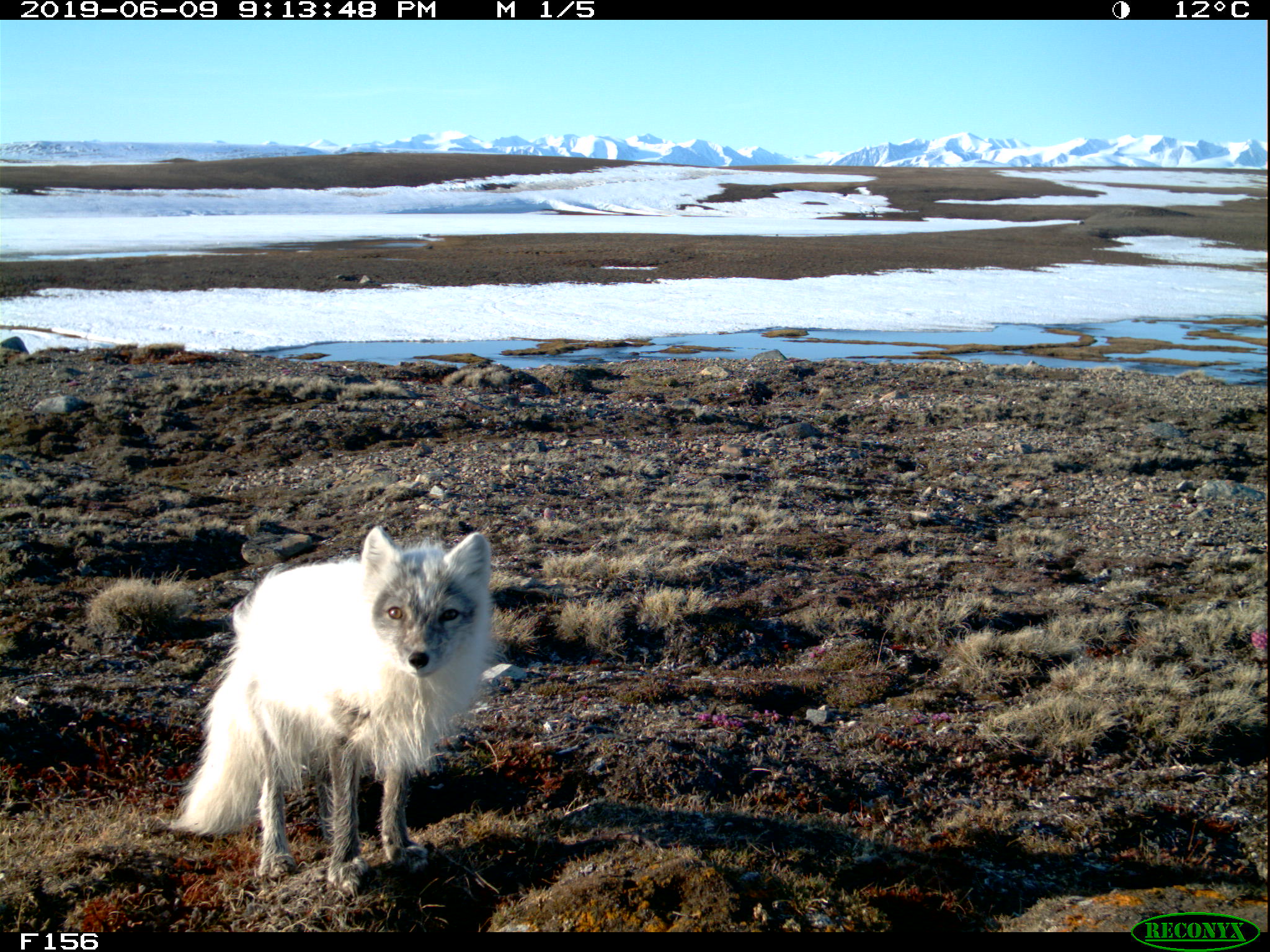

Your adoption will help Earth Rangers support Université du Québec à Rimouski researcher Jeanne Clermont on a project that will track the movements of Arctic foxes across Bylot Island, Nunavut, where they are the primary predator species of lemmings and various nesting birds. Fitting foxes with GPS collars and accelerometers will provide data not only about their movements across the landscape, but also about their behaviours. Combining this data with information about prey distribution will give a better idea of how the Arctic fox responds to changes in the prey community, helping us better predict how habitat changes will affect them in the future.
Thick-billed Murre
Thick-billed murres are a resident of the far northern oceans, found in Arctic waters all across the globe. Known as the “penguins of the north”, these birds have distinctive black and white colouration and are one of the deepest underwater divers of all birds, regularly descending to depths of over 100 metres and using their stubby wings to “fly” through the water. Although their population is in the millions, recent reported declines of 20-50% in some large colonies are cause for concern as the species is increasingly exposed to threats like fishing net entanglement, ocean pollution, oil spills, and climate change. The ability of thick-billed murres to respond to changes and degradation in their habitat is largely unknown, although the high energetic demands of flying and diving pose physiological constraints for them.
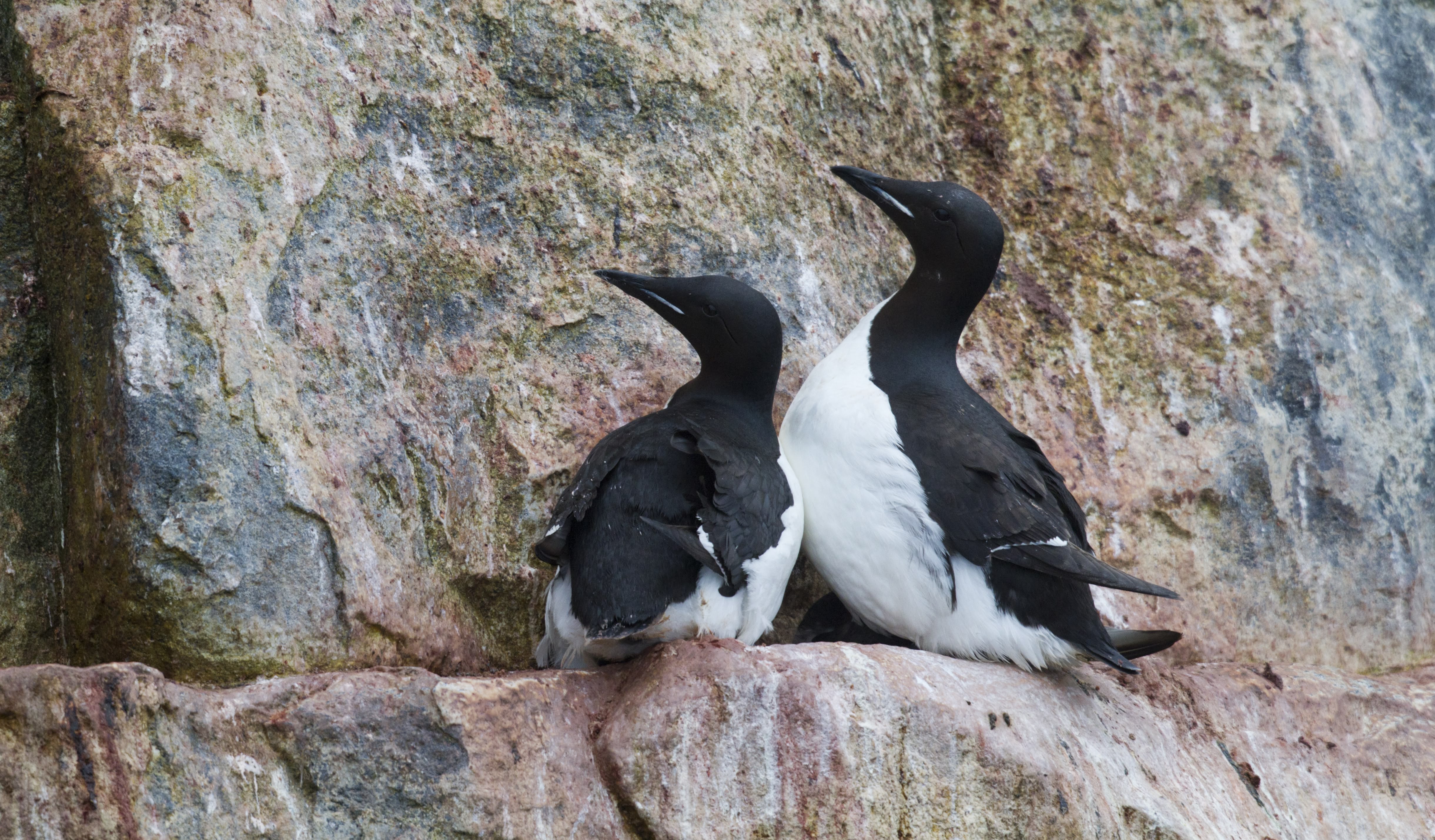
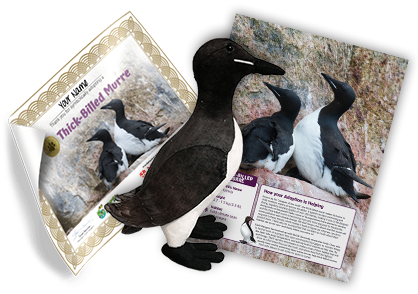
Your adoption will help support McGill University researcher Emily Choy as she examines the relationships between thick-billed murres' physiological strategies and foraging movements on Coats Island and northern Hudson Bay. Using miniature bio-loggers, Emily will be able to track the movements of murres remotely, measuring things like heart rate, body temperature, and activity levels as they dive, fly, and forage. With this information, Emily will develop an “energy map” to assess habitat quality for these charismatic seabirds and other marine predators with the goal of ensuring that their key foraging areas are not being negatively impacted by human disturbances, like Arctic shipping traffic.




